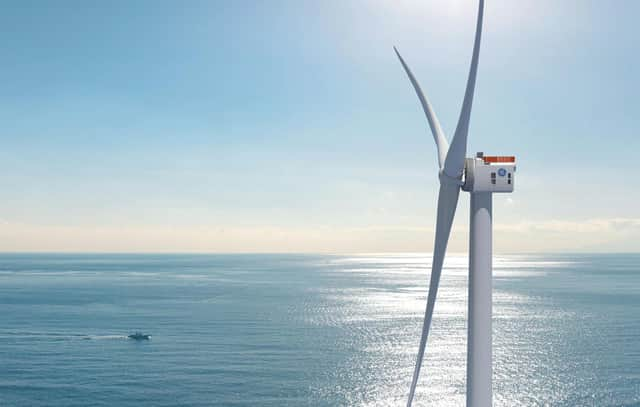Energy transition will be key M&A driver in 2021 - Rosalie Chadwick


And just this week Exxon has agreed to sell a £700 million package of their UKCS assets to NEO Energy, which is not a surprise given the pressure Exxon have come under at a corporate level to embrace energy transition.
The US majors have probably been slightly slower than their European contemporaries on this front, but with Exxon also now is discussions to support the Acorn Carbon Capture and Storage (CCS) project at Peterhead, this demonstrates the issue is very much a live one.
Advertisement
Hide AdAdvertisement
Hide AdTotal and Chevron have also been divesting portfolios of North Sea assets and this exit from non-core mature assets allows capital to be redeployed in geographies where they can meet their target investment criteria – or into energy transition assets, particularly offshore wind, solar, CCS and hydrogen.


This big push is driven by their institutional investors demanding a pivot which would have been unthinkable on this scale only a few years ago. North Sea assets coming on to the market are being acquired by smaller independents backed by Private Equity (PE) and commodity traders, (for example Viaro backed RockRose and Hitec backed NEO Energy) and this will continue to be a theme.
PE funds who have invested in these assets would have a typical investment lifecycle of five to seven years and the time is coming for them to cash out. Traditionally, they would go to the listed markets, and while specialist energy funds are still interested in oil and gas, the appetite of generalist funds to invest in the sector has cooled given their greater sensitivity to Environmental, Social and Governance investing.
There is some creativity being adopted as a result of this, a case in point being Chrysaor’s reverse takeover of Premier Oil, which ticked many boxes by addressing Premier's leverage issues, while providing access to the markets desired by Chrysaor.
While the sources of capital for hydrocarbons has pivoted away from tradition in recent years, commodity traders are helping to fill that gap both on the equity and debt side and this is driving M&A – Viaro Energy acquiring RockRose being one example, while Mercuria has a substantial interest in Tailwind Energy, who have been and will continue to be acquisitive.
M&A activity will also benefit from a more realistic approach by sellers who now take the view that valuation gaps can be met because there is greater consensus as to the longer-term price of oil. Using a variety of contingent and deferred consideration structures, often linked to particular milestones or oil and gas prices, deals which may have fallen over because price consensus could not be reached now have a greater chance of success.
The events of 2020 have accelerated the move to energy transition across all areas of the sector and it will be the key driver for M&A activity in 2021 and for many years to come.
Rosalie Chadwick, Partner and Global Head of Oil and Gas, Pinsent Masons
Comments
Want to join the conversation? Please or to comment on this article.